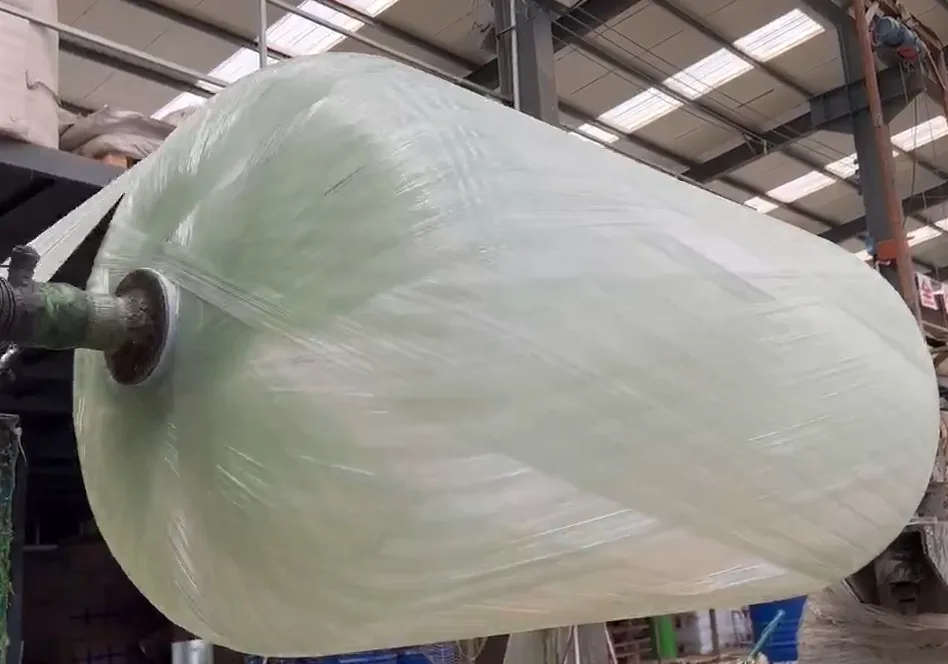loading...
- No. 9, Xingyuan South Street, Dongwaihuan Road, Zaoqiang County, Hengshui, Hebei, China
- admin@zjcomposites.com
- +86 15097380338
- Welcome to visit our website!
wastewater treatment
The Importance of Wastewater Treatment
Wastewater treatment is an essential process in managing the water cycle and protecting the environment. As urbanization continues to rise and the global population grows, the volume of wastewater produced by households, industries, and agricultural activities also increases. Effective wastewater treatment not only safeguards public health but also preserves natural ecosystems and conserves vital water resources.
At the outset, it is important to understand what wastewater comprises. Wastewater can be categorized into domestic, industrial, and agricultural types. Domestic wastewater includes effluents from residential homes, such as sewage from toilets, sinks, and showers. Industrial wastewater, on the other hand, results from manufacturing processes and can contain harmful chemicals and heavy metals. Agricultural runoff, which often contains fertilizers and pesticides, can also contribute to water pollution. Each type of wastewater presents unique challenges and requires specific treatment methods to mitigate its environmental impact.
The primary objective of wastewater treatment is to remove contaminants before the water is released back into the environment or reused
. This process generally involves several stages preliminary treatment, primary treatment, secondary treatment, and sometimes tertiary treatment.1. Preliminary Treatment This initial stage involves the physical removal of large solids and debris from the wastewater. Bar screens and grit chambers are employed to filter out items like plastic, sticks, and sand. This step is crucial to protect the machinery used in subsequent treatment processes from damage.
2. Primary Treatment In this phase, settled solids are removed from the liquid wastewater through sedimentation. The wastewater is held in large tanks, allowing heavy particles to sink to the bottom, forming sludge. This process can remove up to 60% of suspended solids and about 30% of biological oxygen demand (BOD).
wastewater treatment

3. Secondary Treatment This is one of the most critical phases, as it focuses on degrading organic matter that remains in the wastewater. Biological treatment methods, such as activated sludge or biofilm processes, utilize bacteria and microorganisms to break down organic pollutants. This stage can significantly reduce BOD and nutrient levels, making the water much cleaner.
4. Tertiary Treatment Although not always necessary, tertiary treatment is employed to further polish the effluent before discharge or reuse. This may include advanced filtration, disinfection (using chlorination or ultraviolet light), and nutrient removal techniques. Tertiary treatment ensures that the treated water meets high standards for water quality, making it suitable for various applications, including irrigation and drinking water supply in some regions.
The benefits of wastewater treatment extend beyond mere pollution control; it also plays a vital role in water resource management. By treating and reusing wastewater, communities can significantly reduce their reliance on freshwater sources, which are often limited. In arid regions, treated wastewater can be a crucial supplement to irrigation and industrial water supplies. Furthermore, the practice supports sustainable development and contributes to a circular economy, wherein water is valued as a resource rather than a waste product.
Conversely, the consequences of inadequate wastewater treatment can be dire. Untreated or poorly treated wastewater can contaminate drinking water supplies, leading to outbreaks of waterborne diseases such as cholera and dysentery. Environmental degradation, including the contamination of rivers, lakes, and oceans, can result in loss of biodiversity and disrupt aquatic ecosystems.
In conclusion, wastewater treatment is an integral component of modern infrastructure that protects public health and the environment. As we face increasing challenges related to water scarcity and pollution, investing in efficient wastewater treatment technologies and practices is imperative. By embracing innovative treatment solutions, communities can ensure cleaner, safer water for future generations while promoting sustainability and environmental stewardship.
-
The Rise of FRP Profiles: Strong, Lightweight, and Built to LastNewsJul.14,2025
-
SMC Panel Tanks: A Modern Water Storage Solution for All EnvironmentsNewsJul.14,2025
-
GRP Grating: A Modern Solution for Safe and Durable Access SystemsNewsJul.14,2025
-
Galvanized Steel Water Tanks: Durable, Reliable, and Ready for UseNewsJul.14,2025
-
FRP Mini Mesh Grating: The Safer, Smarter Flooring SolutionNewsJul.14,2025
-
Exploring FRP Vessels: Durable Solutions for Modern Fluid HandlingNewsJul.14,2025
-
GRP Structures: The Future of Lightweight, High-Performance EngineeringNewsJun.20,2025
